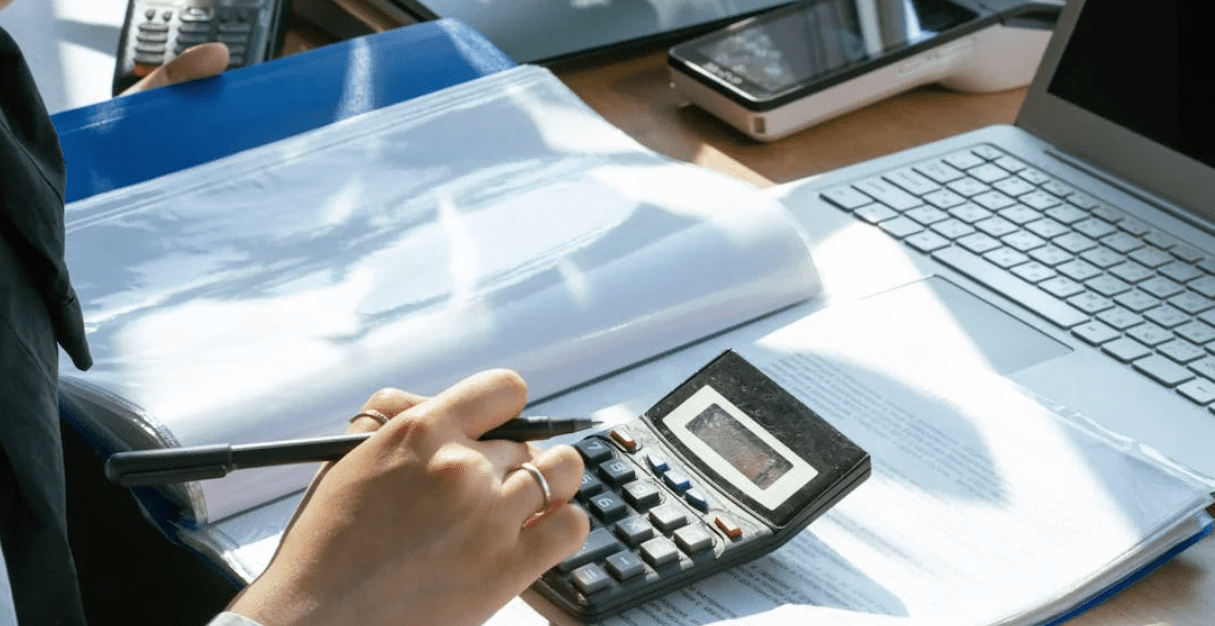Lease Ledger Guide: How to Track Tenant Payments Efficiently
Lease Ledger Guide: How to Track Tenant Payments Efficiently
Blog Article
Lease Ledger Tips for Accurate Rental Income Tracking
Checking tenant funds is one of the very most critical aspects of property management. Whether you're managing a number of qualities or an extensive collection, maintaining an exact lease ledger assures financial transparency and simplifies payment tracking. But managing tenant funds effectively needs a well-structured approach. Here's a concise information to getting hired right.

The Importance of a Lease Ledger
A lease ledger is essentially an economic report that paths book payments, safety deposits, late costs, and different tenant transactions. It provides as a central repository for many monetary interactions between landlords and tenants. Without an adequately managed ledger, home managers chance miscalculating money, overlooking overlooked payments, or producing disputes with renters. An prepared lease ledger assists eliminate these risks while sustaining professionalism.
Strategies for Effectively Tracking Tenant Funds
1. Utilize Engineering for Precision
Manual record-keeping may possibly work for a single house, but as the amount of devices develops, it becomes impractical. Leveraging electronic tools or easy spreadsheet templates can dramatically improve accuracy. These tools often enable you to automate continuing lease payments, make pointers for overdue balances, and make reports instantly.
2. Produce a Regular Structure
A lease ledger must follow a clear and regular format. At least, your ledger should include:
• Tenant names
• Due times
• Amounts paid
• Excellent balances
• Records for any extra expenses (e.g., preservation expenses or late charges)
Standardizing this information assures every report is standard and easy to interpret.
3. Check Payment Position Regularly
Checking your lease ledger often guarantees you stay on top of delayed payments and may handle potential problems early. Put aside time every month to reconcile payments acquired against what's recorded in your ledger. That exercise also assists in distinguishing styles, such as for instance regularly late-paying tenants.
4. Keep in touch with Tenants Obviously
Exact files suggest small if tenants aren't educated of their payment obligations. Deliver pointers for upcoming lease due appointments or upgrade them on any outstanding balances. Obvious connection decreases misunderstandings and encourages regular payments.
5. File Everything
Every cost created, whether partial or whole, ought to be noted quickly in the ledger. Checking every purchase guarantees both sides have a guide stage in case of disputes. Also little details, such as for instance waived late charges or modified funds, should be entered into the record.

Final Feelings
An successful lease ledger not just simplifies tenant cost administration but also gives peace of mind for landlords and house managers. By adding apparent structures, leveraging digital methods, and maintaining correct files, you are able to set up a seamless program that reduces problems and develops greater tenant relationships. Start managing your funds better today and collection the foundation for long-term economic balance! Report this page